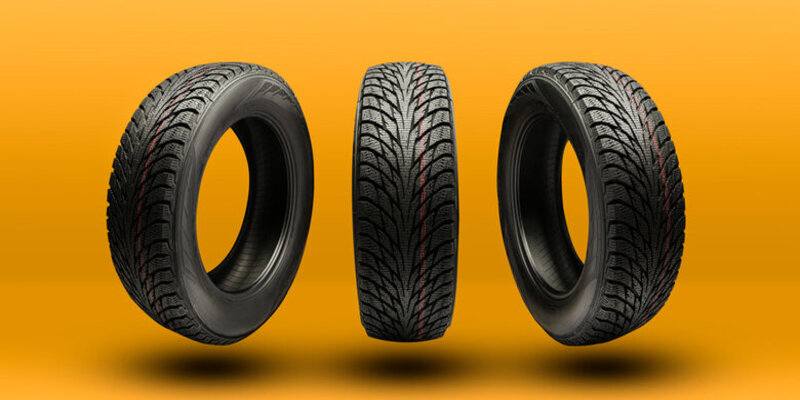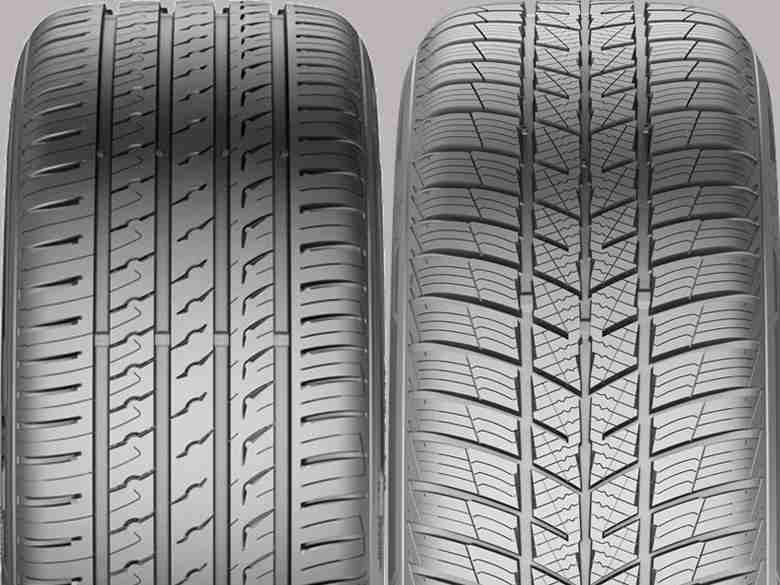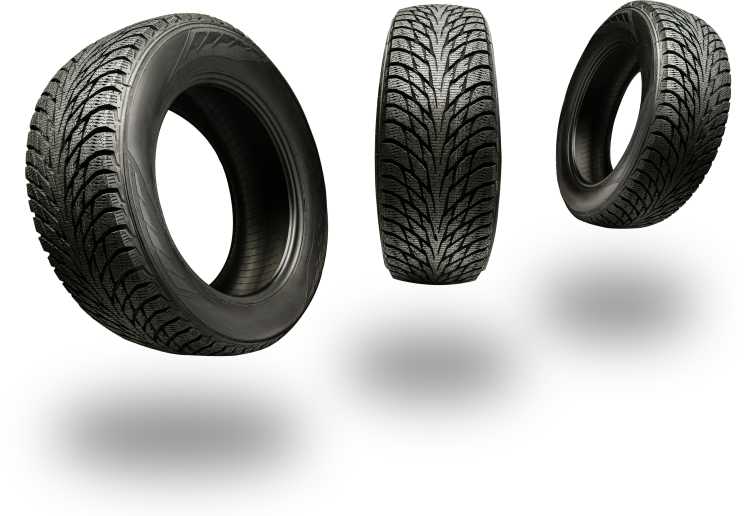The weather has a significant impact on driving conditions. It can also affect the performance of a vehicle’s tyres. As the temperature changes, the road conditions change too and this can make it challenging to maintain traction and control on the road. This is where the importance of summer and winter tyres comes into play.
Tyres play a crucial role in maintaining control of a vehicle and ensuring the safety of the driver and passengers. Therefore, it is important to choose the right tyres for the weather conditions to ensure optimal performance and safety. In this article, we will discuss the key difference between summer and winter tyres. So, read on to learn more.
Difference between summer and winter tyres
There are many differences in tyres. Here we will talk about the important ones in detail:
Design
The primary difference between summer and winter tyres is their design. Summer tyres are designed to provide maximum grip and traction on dry and wet roads in warmer weather conditions. They have a harder rubber compound, which allows them to remain flexible and provide good grip on the road.
Winter tyres are designed with a softer rubber compound that allows them to remain flexible in colder temperatures. They also have deeper tread patterns and larger sipes that provide better grip on snow and ice.
Temperature Range
Summer tyres perform optimally in temperatures above 7°C (44°F). They are not suitable for colder temperatures. Their rubber compound hardens and loses its flexibility, which reduced grip and traction on the road.
Winter tyres are designed to perform in temperatures below 7°C (44°F). They have a softer rubber compound that remains flexible in colder temperatures. They provide better grip on snow and icy roads.
Tread Pattern
The tread pattern of a tyre is another important factor that distinguishes summer and winter tyres. Summer tyres have a shallower tread pattern that is designed to displace water from the road and prevent aquaplaning. The sipes on summer tyres are smaller, which provides good grip on dry and wet roads.
Winter tyres have a deeper tread pattern with larger sipes, which allows them to grip snow and ice better. The deeper tread pattern on winter tyres also helps to displace snow and slush, providing better traction on winter roads.
Braking Distance
The braking distance of a vehicle is the distance it takes to stop after the brakes have been applied. The braking distance is affected by several factors, including the condition of the tyres.
Summer tyres provide better braking performance on dry and wet roads, but their performance is significantly reduced in colder temperatures. Winter tyres provide better braking performance in colder temperatures and on snow and ice.
This is because the softer rubber compound of winter tyres allows them to maintain perfect grip on the road and reducing the braking distance.
Noise
Summer tyres are generally quieter than winter tyres because they have a shallower tread pattern, which makes less noise when it comes into contact with the road surface.
Winter tyres have a deeper tread pattern, which can make more noise when driving on dry roads. However, modern winter tyres are designed to minimize noise levels while still providing excellent grip and traction on winter roads.
tyre Use
The use of summer and winter tyres is dependent on the weather conditions. Summer tyres are ideal for use in warmer weather conditions, such as in the summer months. They provide excellent grip and traction on dry and wet roads, making them ideal for use in the city, on highways, and in rural areas.
Winter tyres, on the other hand, are designed for use in colder weather conditions, such as in the winter months. They provide better grip and traction on snow and ice, making them ideal for use in areas with heavy snowfall, such as mountainous regions.
Conclusion
The difference between summer and winter tyres is significant, with each designed to perform optimally in specific weather conditions. Summer tyres are designed to provide maximum grip and traction on dry and wet roads in warm weather.
Winter tyres are designed to provide better grip and traction on snow and ice in colder weather. It is also important to note that proper tyre maintenance, such as regular tyre rotations, balancing, and inflation, is essential for optimal performance and longevity of the tyres.
You should buy the best tyres which suit your area’s weather conditions. Always check the manufacturer’s recommendations and consult with a professional tyre service provider for advice on the best tyres for your vehicle and driving needs. We hope you will get a good idea about the difference between summer and winter tyres.
FAQs
What is the main difference between summer and winter tyres?
The main difference between summer and winter tyres is their design and composition. Summer tyres are made of a harder rubber compound, which provides better grip on dry and wet roads in warmer weather. Winter tyres are made of a softer rubber compound that stays pliable in colder temperatures and provides good grip on snow and ice.
Can I use winter tyres in the summer?
It is not recommended to use winter tyres in the summer because they are designed to perform optimally in colder weather conditions. Using winter tyres in warm weather can cause them to wear out faster and reduce their overall performance.
Can I use summer tyres in the winter?
It is not recommended to use summer tyres in the winter because they are not designed to provide optimal performance on snow and ice. Using summer tyres in winter conditions can result in reduced grip, longer braking distances, and a higher risk of accidents.
Do I need to change my tyres every season?
While it is not necessary to change your tyres every season. It is recommended to use summer tyres in the summer months and winter tyres in the winter months for best performance and safety. All-season tyres are available as a compromise, but they do not provide good performance in extreme weather conditions.
What is the difference in tread patterns between summer and winter tyres?
Summer tyres have a simpler tread pattern that provides better grip on dry and wet roads. Winter tyres have more complex tread patterns with deep grooves and sipes that provide perfect grip on snow and ice.
Can I use winter tyres on all-wheel-drive vehicles?
Yes, all-wheel-drive vehicles can use winter tyres to improve grip and traction in winter weather conditions. However, it is important to use all four winter tyres to ensure the best performance and safety.
Are winter tyres more expensive than summer tyres?
Winter tyres can be more expensive than summer tyres due to their more complex design and softer rubber compound.
Can I mix summer and winter tyres on my vehicle?
It is not recommended to mix summer and winter tyres on the same vehicle because they have different performance characteristics and can cause instability and reduced performance. It is important to use a full set of either summer or winter tyres for good performance and safety.



